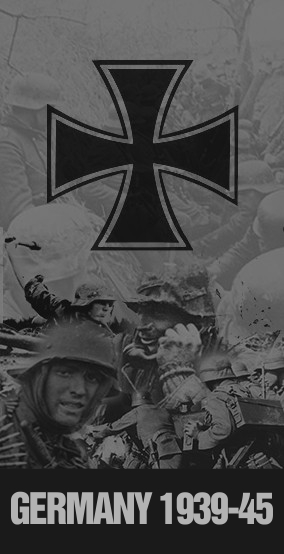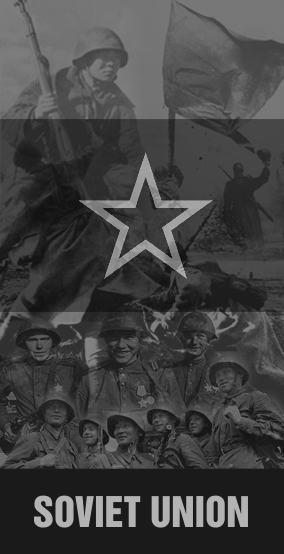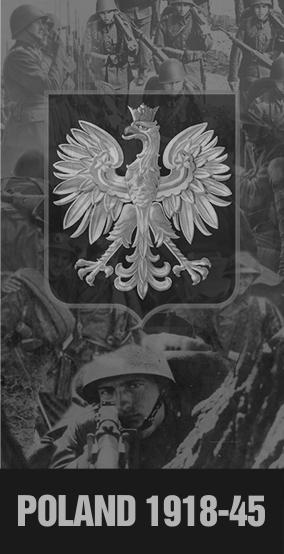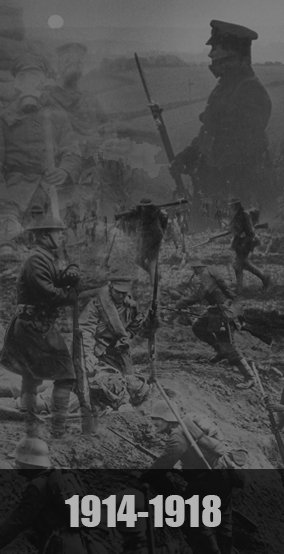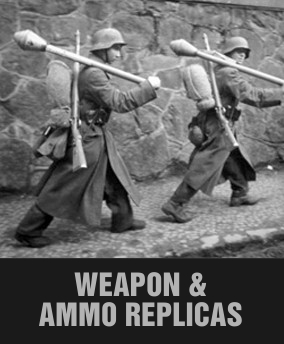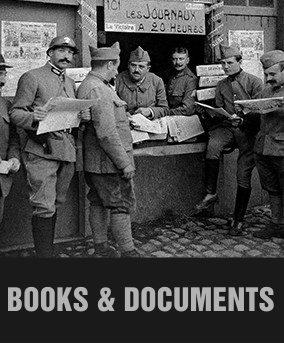| Type: | DE: Österreichs Orden und Ehrenzeichen |
A book about Austrian orders and awards issued before 1918. 832 pages, more than 2500 photos. Bound in linen, with an additional protective cover. Size 29.5 x 26.0 cm.
Written by: Dr. M. Christian Ortner, Dr. Georg Ludwigstorff
ISBN: 978-3-902526-81-6 (German), 978-3-902526-82-3 (English)
Weight: 5,00 kg
Issue info: 832 pages, more than 2500 photos. Size: 29.5 x 26.0 cm.
• Book is published by Verlag Militaria, highly appreciated military history publishing house.
BOOK DESCRIPTION IN GERMAN
Das altösterreichische Ordens- und Auszeichnungswesen stellt bis heute ein spannendes Themen- und Forschungsgebiet dar. Es spiegelt nicht nur die Geschichte der Habsburgermonarchie von der Mitte des 18. Jahrhunderts bis zu ihrem Untergang 1918 wider, sondern stellt mit dem Orden vom Goldenen Vlies sogar eine direkte Verbindung zur vergangenen Welt der noch stark spirituell-ideell geprägten weltlichen und geistlichen Ritterorden her. Die im 18. und 19. Jahrhundert gestifteten Orden berücksichtigten dann wohl bereits Verdienste, behielten jedoch weitgehend ihre Charakteristik als Ordensgemeinschaften bei. Sie blieben dem Souverän und Herrscher weiterhin zu besonderer Treue verpflichtet.
Standen diese „Orden“ vorerst nur bestimmten Standes- oder Berufsgruppen offen, so wurde das österreichische Auszeichnungswesen ab dem 19. Jahrhundert kontinuierlich erweitert. Teilweise konkreten historischen bzw. militärischen Ereignissen zugeordnet oder der Erinnerung an Persönlichkeiten gewidmet, wurden allgemeine Verdienste, militärische Leistungen, Dienstalter oder langjährige Zugehörigkeiten gewürdigt.
Dadurch entstand nicht nur ein umfassendes, sondern auch komplexes Auszeichnungssystem, welches im Vergleich zu anderen Staaten durchaus seine Besonderheiten aufzuweisen hatte. Etwa die mit einzelnen Ehrenzeichen verbundenen Privilegien, materielle Zuwendungen oder die Erhebung in den Adelsstand. Auch die Rangordnung der Orden und Ehrenzeichen untereinander war genau geregelt. In diesem Doppel-Bildband stehen neben der kulturhistorischen Entwicklung vor allem die Insignien selbst im Mittelpunkt. Sie werden in einer bisher noch nie publizierten Fülle und Dichte in einer Monographie auf 832 Seiten zusammengefasst und auf mehr als 2.500 Fotos und Abbildungen dargestellt. Dieser Teil I der geplanten Reihe umfasst: Orden vom Goldenen Vlies, Militär-Maria Theresien-Orden, St. Stephan-Orden, Leopold-Orden, Eiserner Kronen-Orden, Franz Joseph-Orden, Sternkreuz-Orden, Elisabeth-Orden und Orden der Sklavinnen der Tugend.
BOOK DESCRIPTION IN ENGLISH
The orders and decorations of Old Austria are a fascinating field of study and research to this day, not only reflecting the continuity and turning points of the Habsburg Monarchy from the mid-18th century to the end of 1918, but also directly linked with the Medieval secular and chivalric orders and their extremely ideological and spiritual character, particularly through the Order of the Golden Fleece. The orders founded in the 18th and 19th centuries later also took into account a recipient’s achievements but they still largely retained the nature of fellowships, loyal to their sovereign and ruler. Although these ‘orders’ were originally intended only for certain social and professional groups, throughout the 19th century the system of awards was increasingly expanded, with decorations commemorating various historical events or personages and later honouring general merit, military achievement or long service.
This resulted in a system that was not only comprehensive but complex and had its own peculiar characteristics, distinct from those of other nations.
There were for example privileges and monetary gratuities as well as ennoblement attached to some awards, a recipient’s social background was taken into account and there was a strict hierarchy amongst the orders and decorations themselves.
This two-volume work, apart from dealing with the cultural and historical background, focuses in detail on the decorations themselves. They are shown here, in previously unpublished abundance, in a monograph of 832 pages with more than 2,500 photographs and illustrations. This constitutes Part I of the planned series and deals with the Order of the Golden Fleece, the Military Order of Maria Theresa, the Order of St. Stephen, the Order of Leopold, the Order of the Iron Crown, the Order of the Starry Cross, the Order of Elisabeth and the Order of the Slaves of Virtue.


